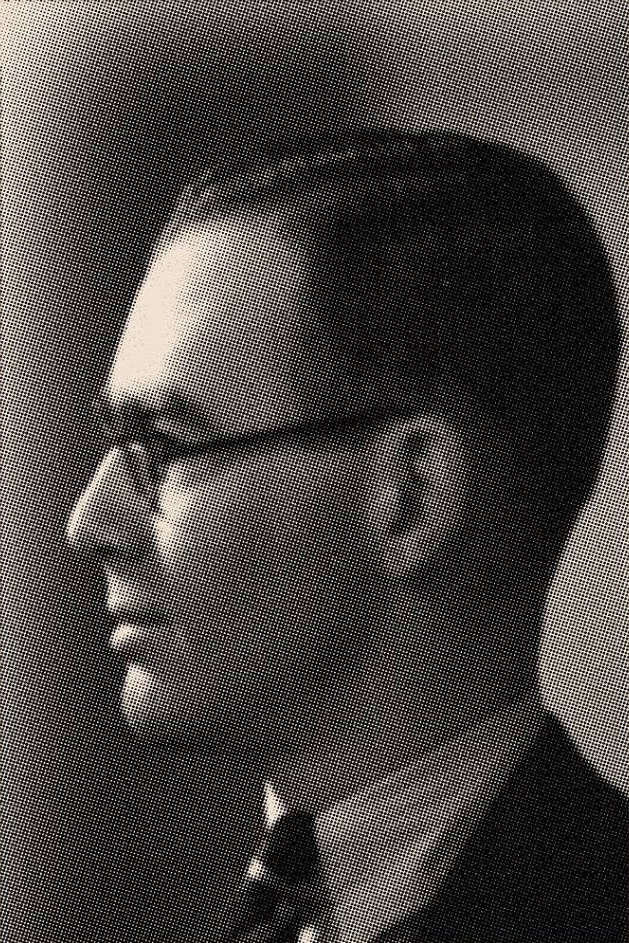
Campaigners are calling for part of Barry's waterfont to be named after investigative journalist Gareth Jones.
A talk to mark the 90th anniversary of the correspondent's death was held earlier this month at the Barry War Museum and Heritage Centre by his great nephew Philip Colley.
Mr Jones, who was kidnapped and murdered in 1935 at the age of 30, was best known for exposing the Soviet famine of the early 1930s, known in the Ukraine as the Holodomor.
Although there is a commenorative plaque near his family's gravestone at Merthyr Dyfan Cemetery - and five streets in Ukraine bearing his name - he has yet to be honoured by his hometown in a similar way.
There are now calls for an unnamed public space on Barry's waterfront next to the quayside of the former docks - a place Mr Jones often visited in his youth - to be named after him.
John Buxton, chair of the Barry War Museum and Heritage Centre, said: "In an increasingly uncertain world, it is now more than important than ever we uphold the memory and inspiration of people who gave their lives in the pursuit of truth."
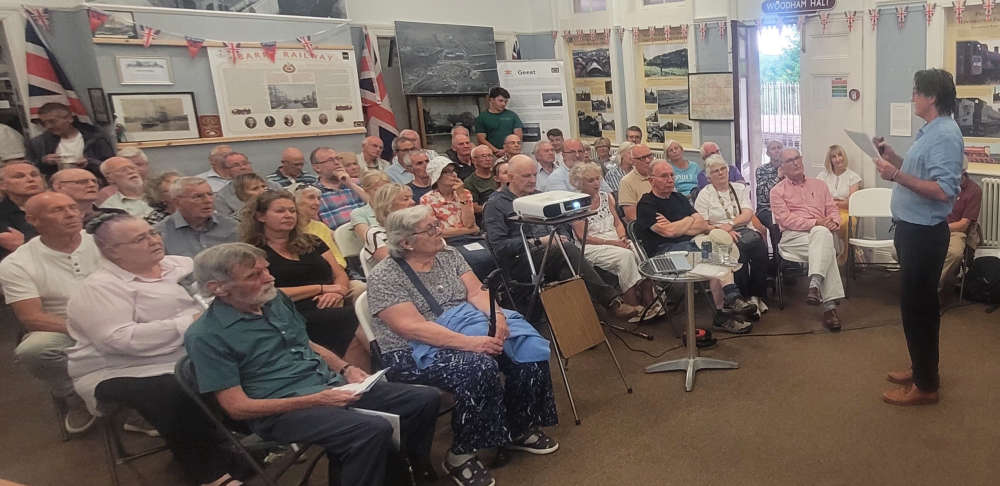
Born in Barry in 1905, Gareth attended Barry County School, where his father, Major Edgar Jones, was headmaster.
His mother, Annie Gwen Jones, had worked in Russia as a tutor to the children of Arthur Hughes, son of Welsh steel industrialist John Hughes who founded the town of Hughesovka, now known Donetsk.
He became a freelance reporter for a range of newspapers and journals, and by 1930, became a foreign affairs adviser to former Prime Minister, David Lloyd George.
His career encounters with historic figures like Adolf Hitler, Lenin’s widow Krupskaya, Frank Lloyd Wright, President Herbert Hoover, and Irish Taoiseach Eamon de Valera.
His reports on the Soviet famine revealed the role of Stalin and his regime in the deaths of millions of Ukrainians, Kazakhs, and Russians, while defying Bolshevik efforts to conceal the tragedy.
But his coverage sparked international controversy when the New York Times, influenced by their correspondent’s collusion with the Soviet regime, denied his claims. Despite being blackballed by parts of the British establishment, Jones stood by his work.
In 1935, while reporting on the Japanese invasion of Manchuria, Jones was captured by Chinese troops who had turned to banditry.
After two weeks in captivity, exhausted and with the police in hot pursuit, he refused to mount his horse and was killed by three bullet wounds.
A Foreign Office investigation at the time suggested Japanese involvement but mystery still surrounds his death. His ashes were later interred at Merthyr Dyfan cemetery, where a commenorative plaque was installed by Barry Town United..
Gareth Jones’ fame faded - but it was later revitalised by Philip’s mother and Jones’ niece, Dr Margaret Siriol Colley, whose 2005 biography More Than a Grain of Truth led to a BBC Storyville documentary, and in 2019, the feature film Mr. Jones, starring James Norton.

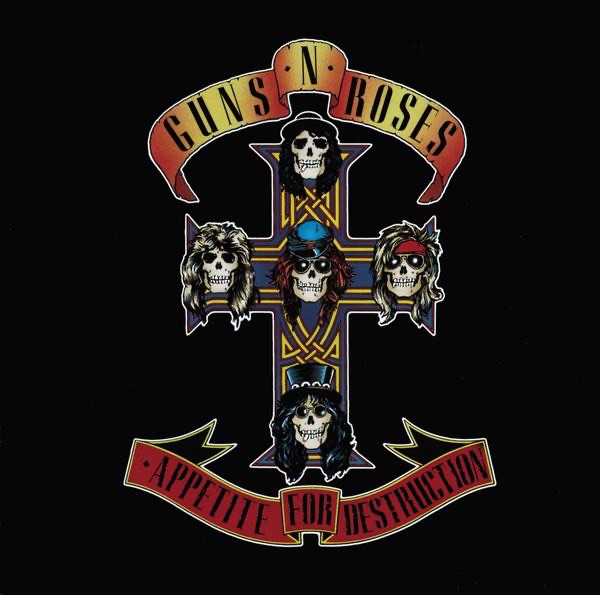


 Welsh Government sets out draft budget
Welsh Government sets out draft budget
 New recycling service for textiles
New recycling service for textiles
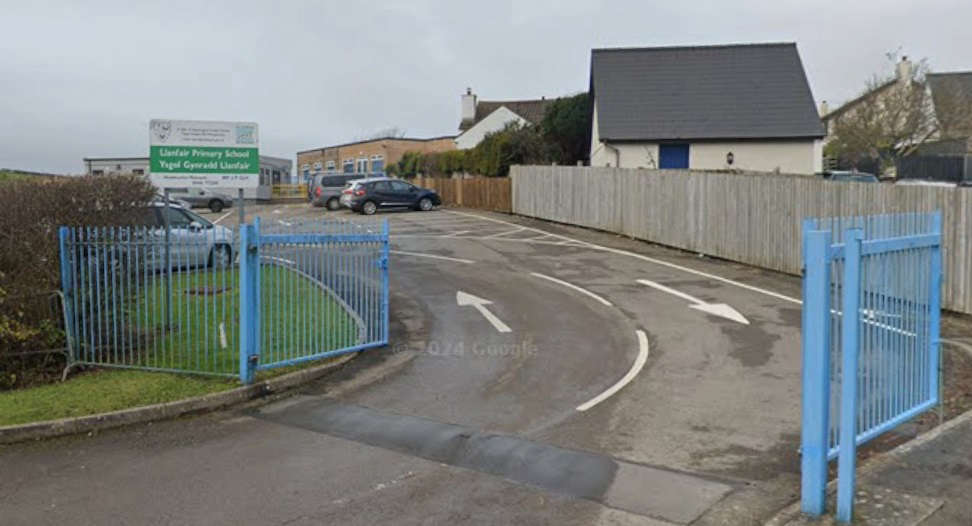 Armed Forces award for Llanfair school
Armed Forces award for Llanfair school
 Hope's campaign to tackle student loneliness
Hope's campaign to tackle student loneliness
 Four-day strike to hit First buses
Four-day strike to hit First buses
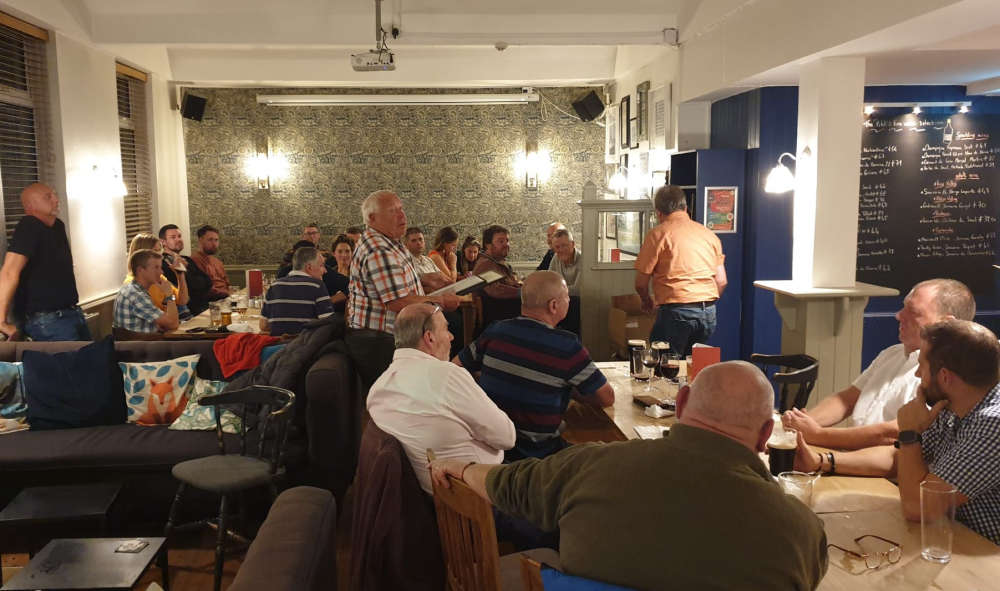 Long-service awards for RNLI veterans
Long-service awards for RNLI veterans
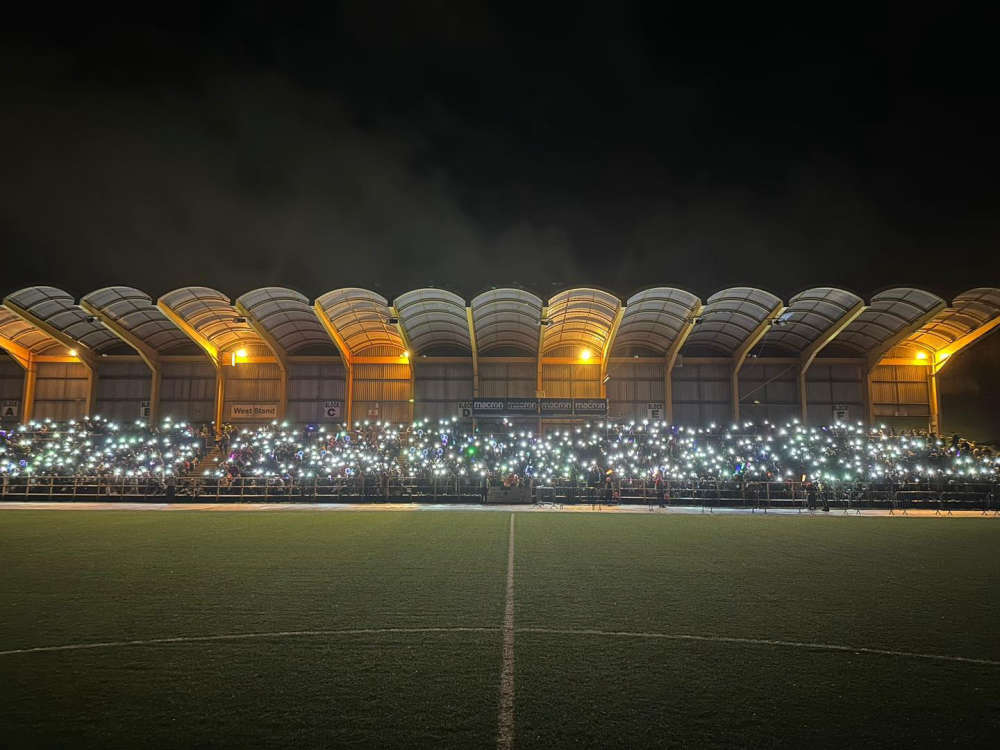 Organised Fireworks Displays in the Vale of Glamorgan
Organised Fireworks Displays in the Vale of Glamorgan
 'Good' inspection for Barry care home
'Good' inspection for Barry care home
 Tributes to grandmother after fatal collision
Tributes to grandmother after fatal collision
 Cowbridge school praised by inspectors
Cowbridge school praised by inspectors
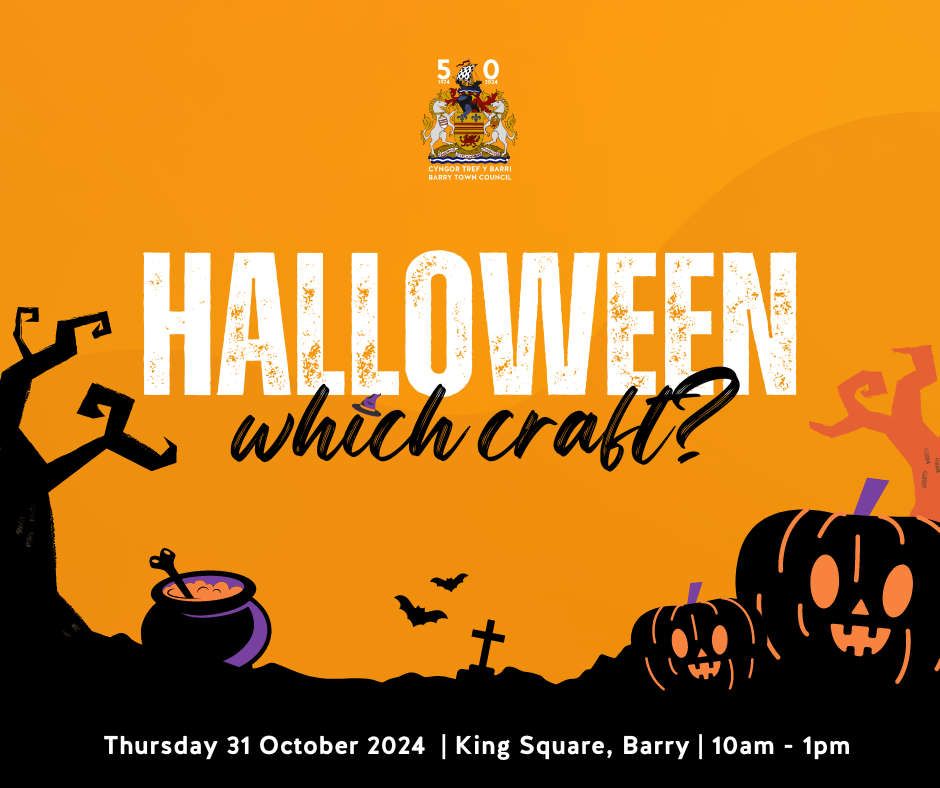 Halloween Which Craft event is coming back to the town centre
Halloween Which Craft event is coming back to the town centre
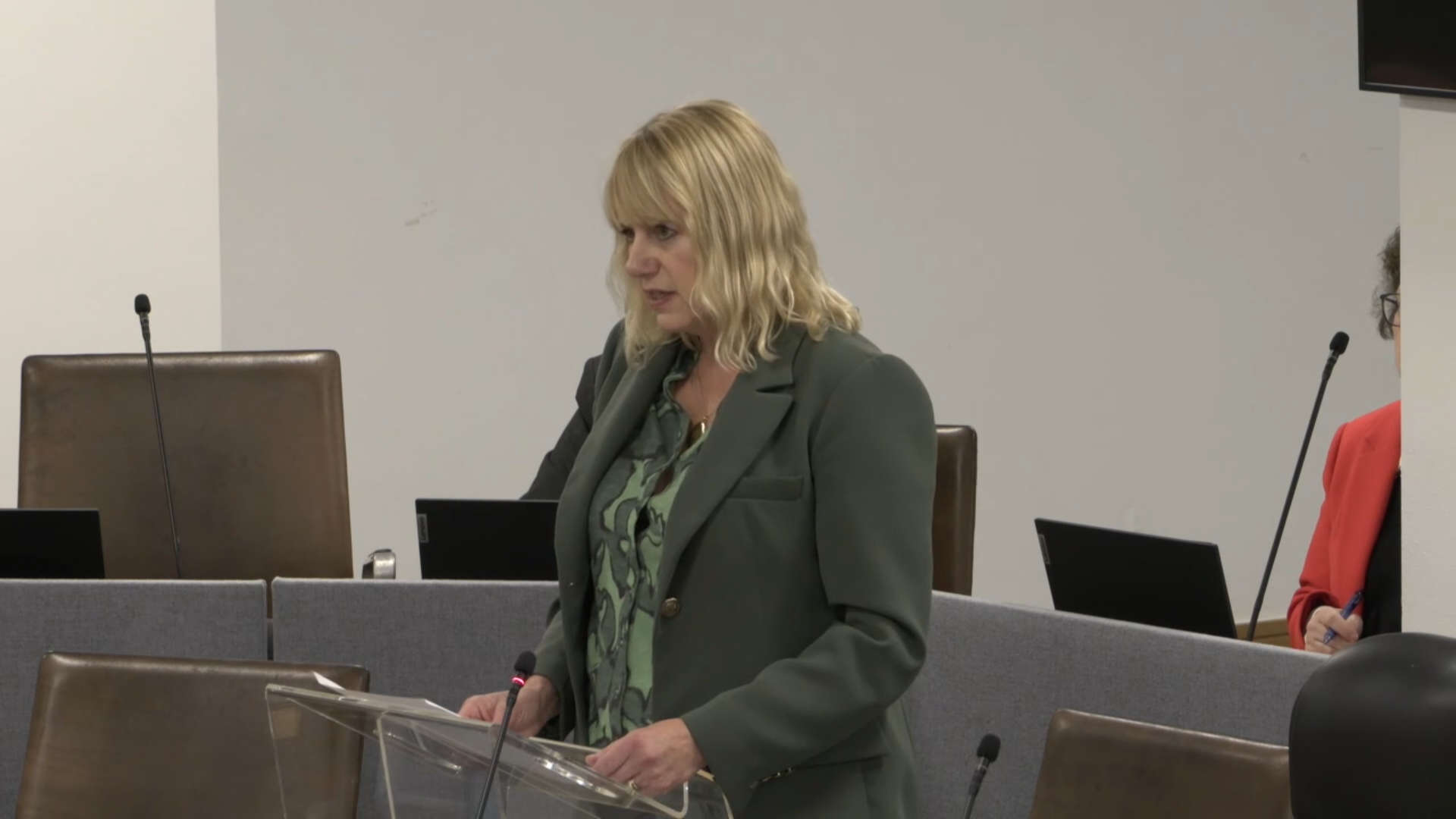 Senedd members called for lifelong blue badges for people with permanent conditions, labelling the current renewal system as unfair, stressful and potentially discriminatory
Senedd members called for lifelong blue badges for people with permanent conditions, labelling the current renewal system as unfair, stressful and potentially discriminatory
 Net zero housing earmarked for former tip
Net zero housing earmarked for former tip
 Apple Day Celebrations Bring Penarth Communities Together
Apple Day Celebrations Bring Penarth Communities Together
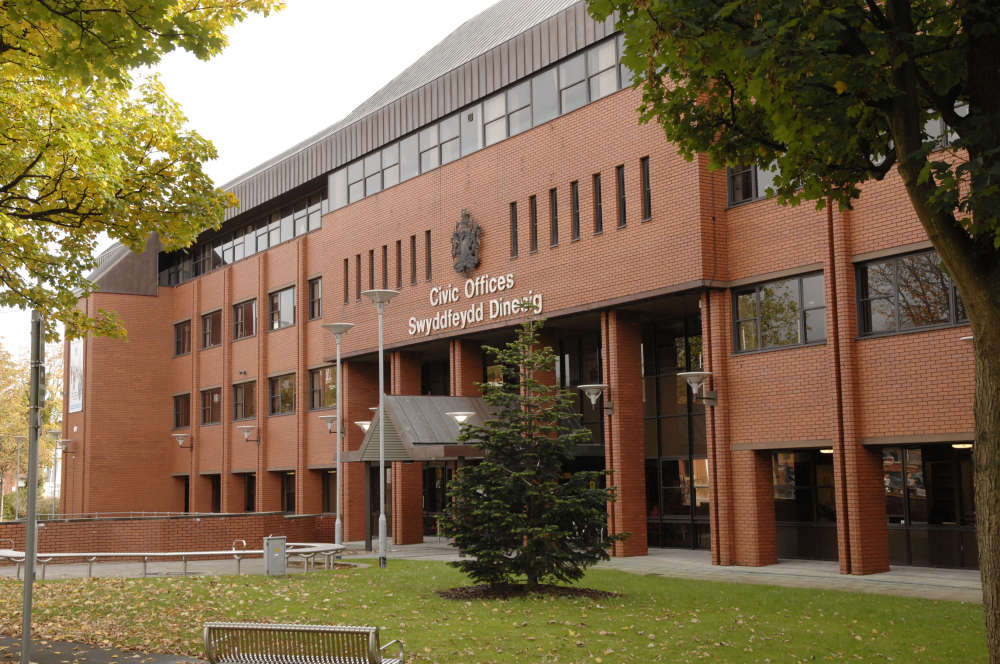 Council’s development plan falling behind target
Council’s development plan falling behind target
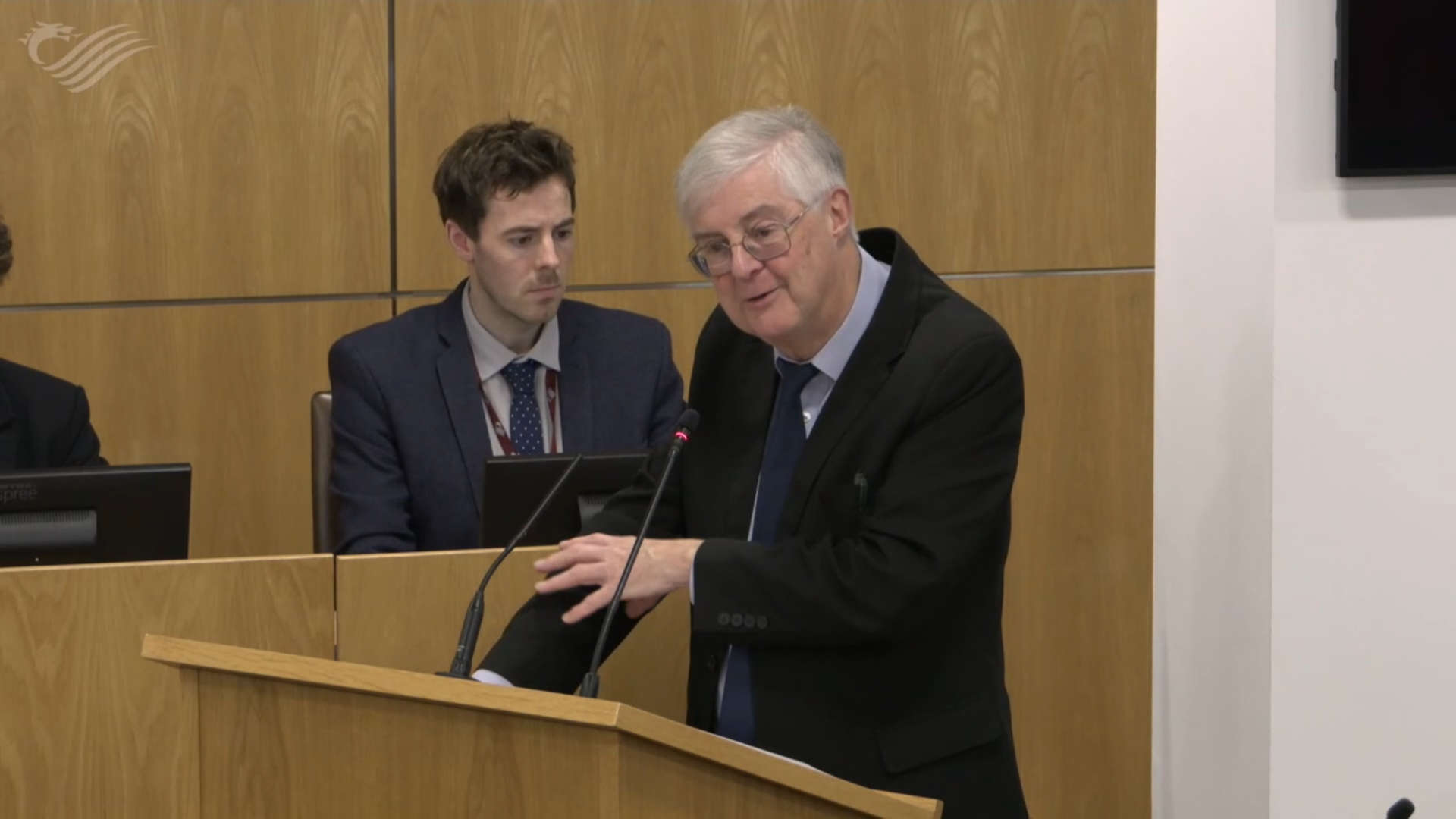 Schools in Wales will be required to deliver at least 10% of teaching in Welsh by 2030
Schools in Wales will be required to deliver at least 10% of teaching in Welsh by 2030
 Nearly 1,000 children take part in Vale Summer Reading Challenge
Nearly 1,000 children take part in Vale Summer Reading Challenge
 More than 60 illegal e-bikes and e-scooters seized across Cardiff and Barry
More than 60 illegal e-bikes and e-scooters seized across Cardiff and Barry






